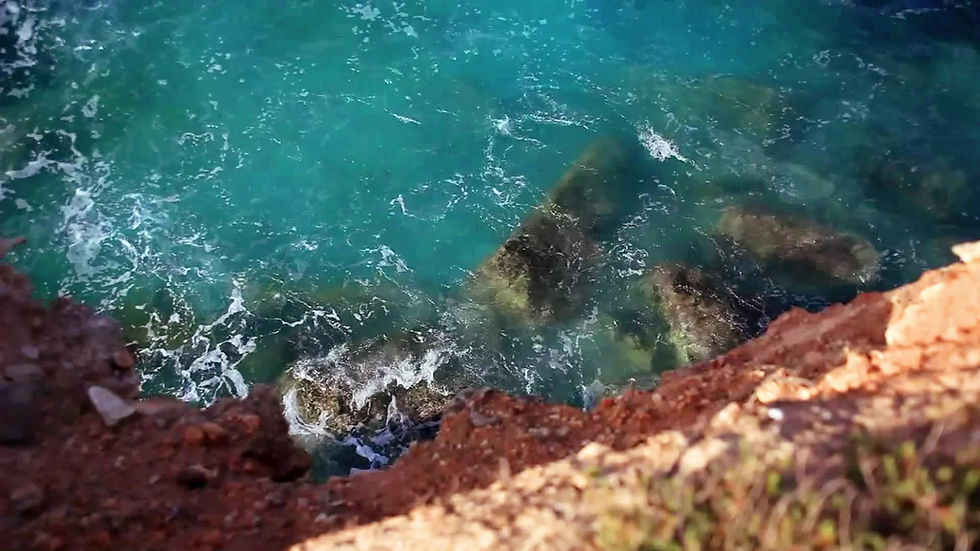Creating beautiful textiles while protecting
the environment through sustainable practices.


-
Unique subtle colors indicative of natural linen and washed down cottons.
-
Wide color palette.
-
Shades consistent throughout product life.
-
Improved colorfastness.
-
Superior durability due to minimal wet and dry processing.
-
Colors are consistently reliable.
-
Water usage reduction of 95%
when compared to traditional dyeing method -
Effluent reduction of 95%.
-
Energy reduction of 50%.
-
Significant reduction in CO2 emissions and water pollution.




"Millennials are more concerned about whether or not something is fair/free trade, sustainable, organic, made in a sweatshop, than anyone
ever before."
Globally 1.1 billion people do not have access to safe drinking water.
By 2025, it is estimated that two out of three people will live in a water stressed area.
.


without blue there is no green












